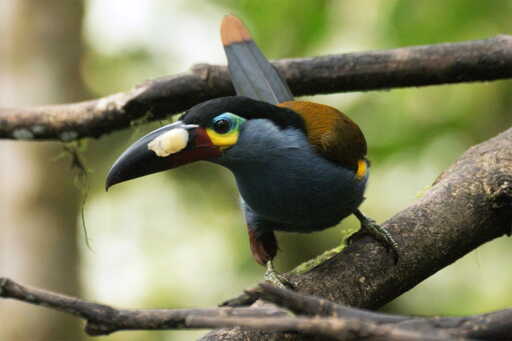A survey of Colombian birdlife, which evolved over more than a decade into the world’s largest-ever ornithological study, has found that clearing forests to create new pastures is causing as much as 60% more damage to biodiversity than previously thought. Until now, research into the impact on biodiversity of land use change has generally involved small-scale, local surveys. But this approach does not accurately represent the larger-scale damage caused to nature, says study co-author David Edwards, a professor of plant ecology at the University of Cambridge. When forests are converted to pasture, some species win and others lose, he explains, and measuring the biodiversity loss at a local scale does not capture the larger-scale effect of these land clearances, which are occurring across the ranges of many different species. “When people want to understand the wider impact of deforestation on biodiversity, they tend to do a local survey and extrapolate the results,” Edwards tells Mongabay in a phone interview. “But the problem is that tree clearance is occurring at massive spatial scales, across all sorts of different habitats and elevations.” By focusing on isolated sites, researchers were missing how these effects accumulate across regions, he says. Large areas of Tinigua National Natural Park have been razed for illegal livestock ranching. Image by María Jimena Neira Niño. In 2024, Colombia lost 113,608 hectares (about 280,700 acres) of forest, a 43% increase compared with 2023, when deforestation had dropped to its lowest level in more than two decades. But while organized crime,…This article was originally published on Mongabay
From Conservation news via this RSS feed


